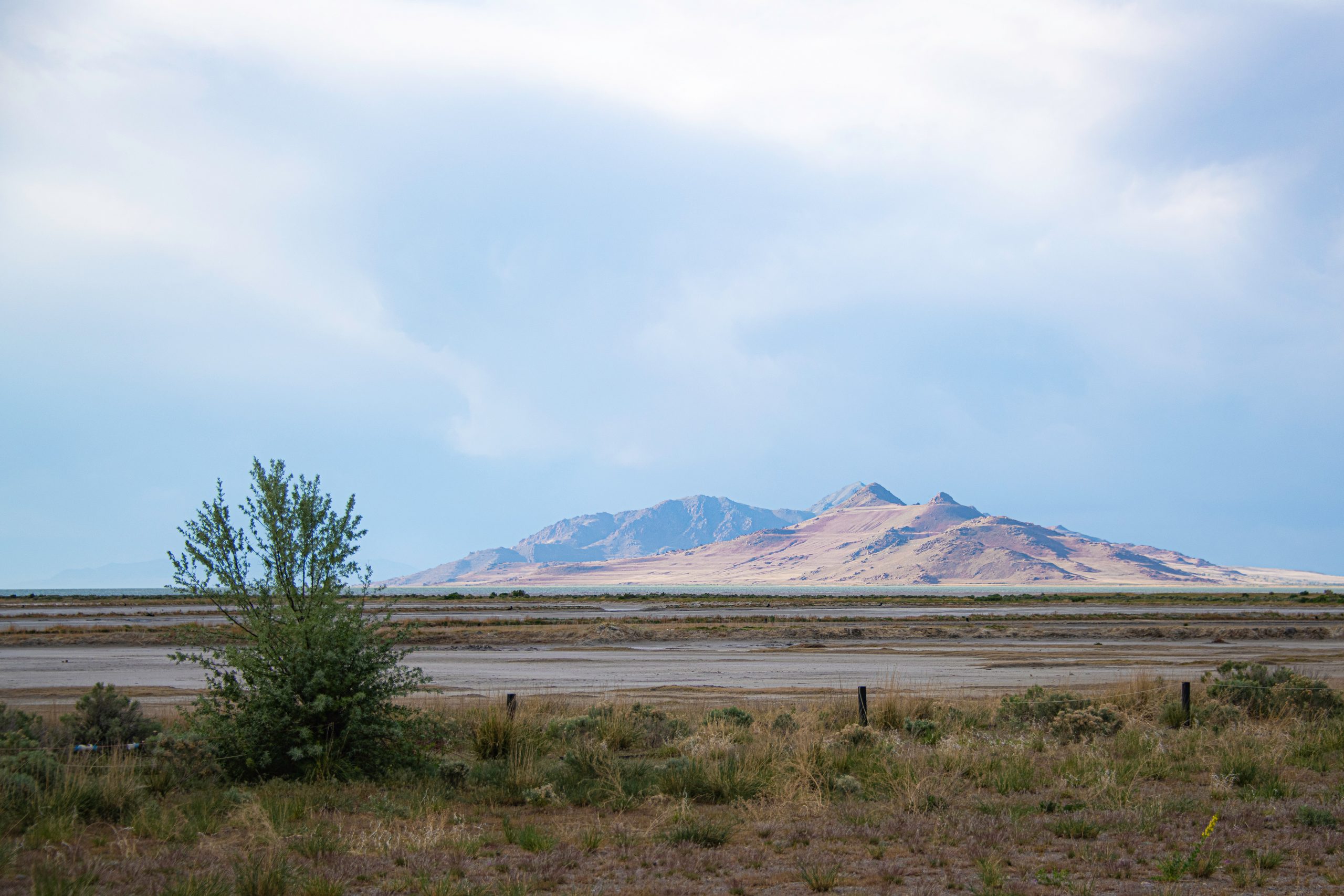
Justin Bullock, FISM News
[elfsight_social_share_buttons id=”1″]
The Great Salt Lake in Utah is one of the few natural wonders of the world. It is popularly regarded as America’s Dead Sea as it closely resembles the Dead Sea in the Middle East. Due to the widespread and extreme draught plaguing the Western US, the Great Salt Lake is close to its lowest point in the last 58 years.
Geologists are shocked and concerned by the state of affairs at the Great Salt Lake as the lowest water point for the lake typically does not come until October each year. This means that scientists expect the water level for the lake to decrease even more between now and October. This will have tremendous consequences for ecological systems in the region and wildlife throughout the nation. The lake drying up also represents a dangerous health hazard for people in the nearby area.
The Great Salt Lake is home to thousands of microbialites which are microorganisms that feed various smaller lifeforms that teem in and around the lake. These smaller lifeforms in turn serve as food for the millions of birds consisting of 338 different species that migrate to the lake each year. With the increased drying up of the lake these microbialites will die, resulting in decreased populations in the smaller lifeforms native to the lake, which will in turn impact the population sizes for millions of birds. Humans would also be impacted as there is a large fishing industry in the Great Salt Lake area.
In addition, the Great Salt Lake is a large reservoir of arsenic which is fatally poisonous to humans. The soil under the lake is naturally replete with arsenic and the lake also serves as a run off of arsenic from nearby rivers and other bodies of water. The danger in this situation is that as the lake dries up, the arsenic rich soil is exposed to the strong winds that regularly blow in the region. These winds could kick up the dust along the exposed lake bed causing a high percentage of arsenic particles to be in the air which will be breathed in by those in the region. Not only would a dried up Great Salt Lake be a massive source of dust, resembling in miniature the Dust Bowl region of the 1930s, but that dust would also be laced with arsenic.
Thus far scientists have not developed any specific plans to preserve the lake. However, if the drought does not break and rain does not come soon, it has the potential to lead to a natural catastrophe.
